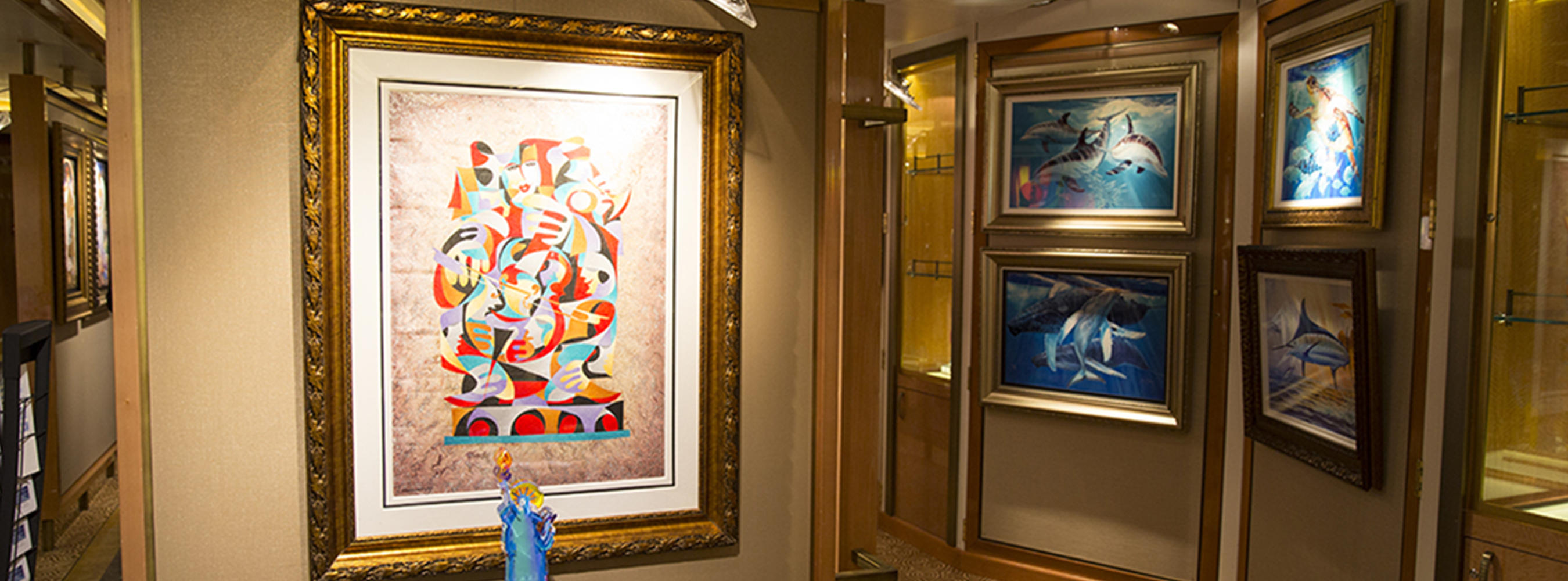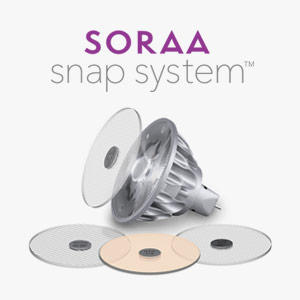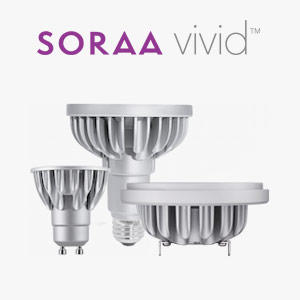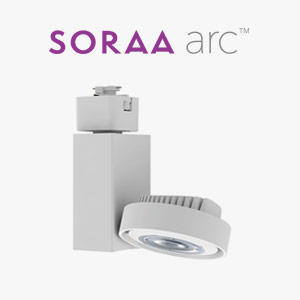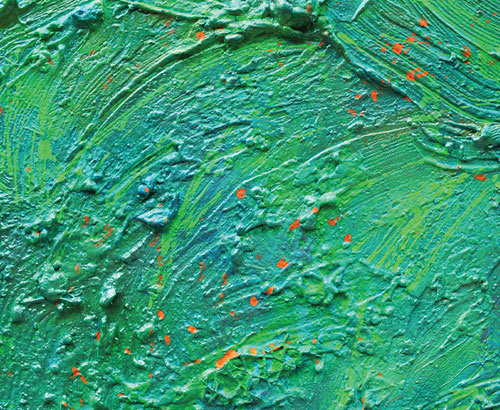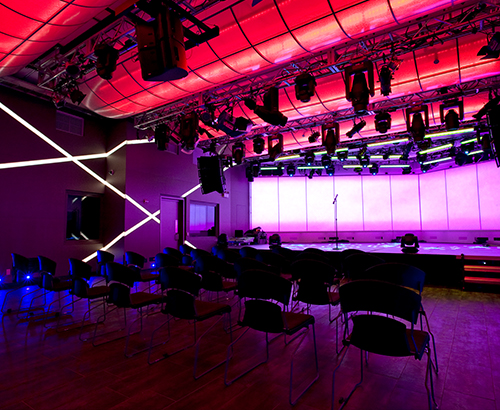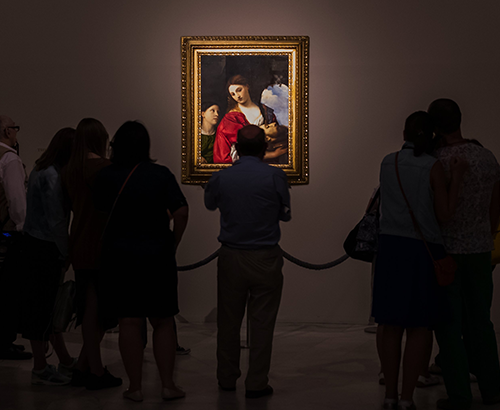I like this
Properly lighting a work of art can make all the difference creating a dynamic home gallery.
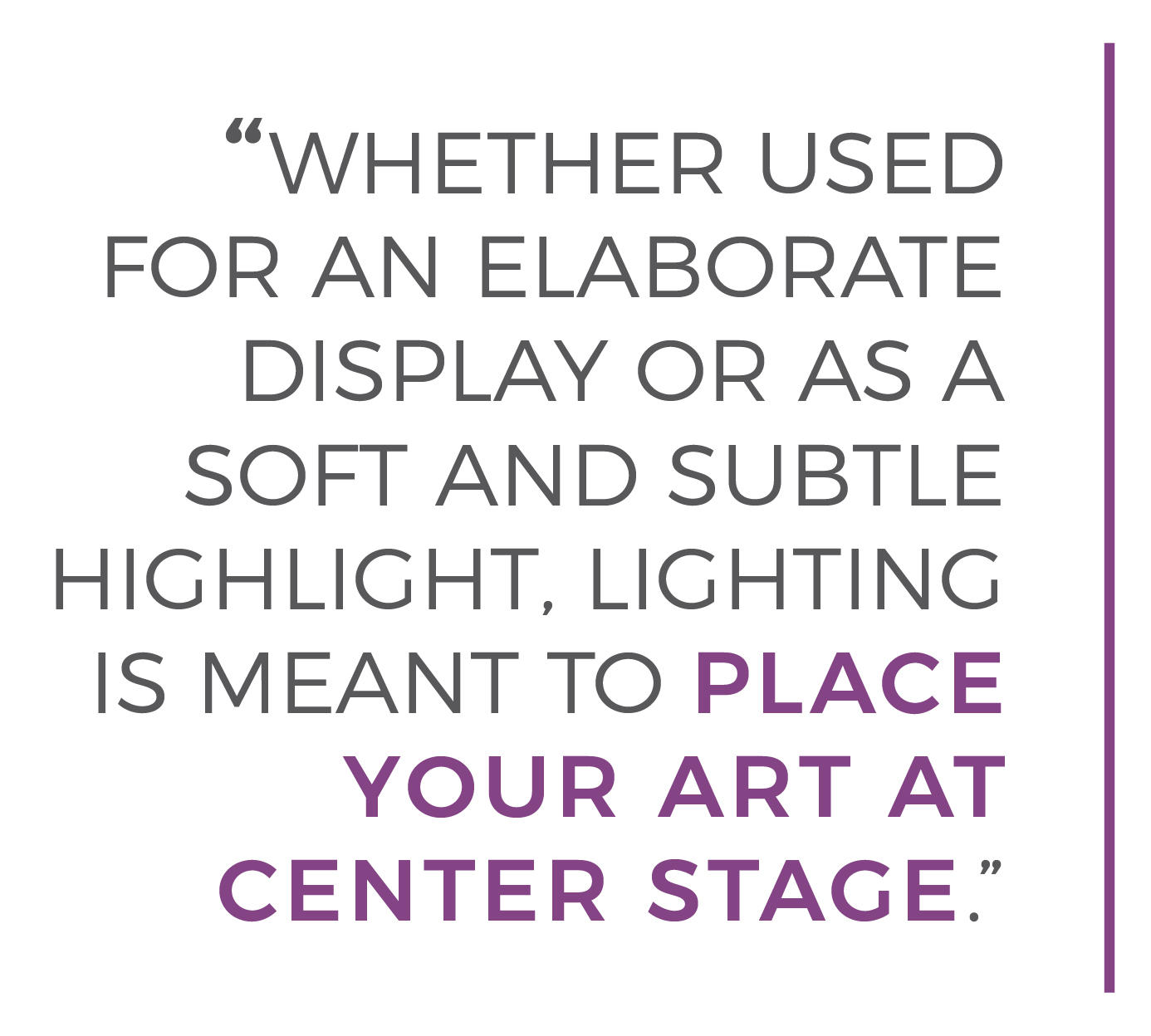 Whether used for an elaborate display or as a soft and subtle highlight, lighting is meant to place your art at center stage. With proper lighting techniques, your artwork can be admired safely and optimally for years to come.
Whether used for an elaborate display or as a soft and subtle highlight, lighting is meant to place your art at center stage. With proper lighting techniques, your artwork can be admired safely and optimally for years to come.
Follow these easy lighting tips to cast your artwork in the best light.
Lighting and Longevity
The main concern in choosing the proper lighting is determining what conditions will best preserve the artwork. Aesthetic preferences should be a secondary consideration.
Aggressive lighting choices can often cause heat and light damage, often resulting in permanent color distortion and brittleness. Follow these rules to ensure the longevity of your collection:
Avoid displaying artwork in direct sunlight. Ultraviolet light and infrared radiation can cause fading.
Don’t allow light to directly face artwork. This will protect your artwork against heat damage.
Avoid fluorescent lighting. It emits a high level of ultraviolet energy, which accelerates color fading and distorts the color of the artwork.
To test for potential heat damage, place your hand between the artwork and the light source. If you can feel heat from the light, the light source is likely too close.
Types of Lighting
In general, lighting for artwork should be three times brighter than the rest of the room’s lighting. This can be achieved by using the appropriate intensity or ambiance.
To ensure the artwork’s colors are portrayed accurately, seek out high CRI (Color Rendering Index) percentages in your lights. The closer they are to 100 percent, the more vibrant the colors will appear. Consider the following options when lighting artwork.
LED: LEDs boast a long lifespan and give off little ultraviolet radiation and heat. They are a good option if there is little space available between the art and the light source. They are available in warm and cool color temperatures.
Halogen: Halogen lights cast a cooler tone but generate higher levels of heat. Keep them at a safe distance from the artwork and consider UV filters.
Incandescent: Incandescent lights cast a comforting warm glow. That being said, traditional incandescent lighting should be avoided since it displays too much warm light. They are also comparatively inefficient when compared to LEDs.
Lighting for Specific Mediums
When lighting artwork, the suggested angle for the light is 30 degrees. This will reduce any glare or reflectance and cover the artwork in sufficient light. To avoid casting shadows with a larger frame, add 5 degrees to the angle. To accent the texture of a painting, subtract 5 degrees.
Oil paintings are typically textured, especially those created with a heavy impasto technique. Using direct lighting can cause different shadows or highlights to appear. If this effect isn’t desired, lighting oil paintings with a broad light ensures all details are evenly illuminated.
Watercolors, serigraphs, lithographs, and other graphic media under reflective glass can result in glare. Use the 30-degree angle techniques mentioned above to reduce this occurrence.
Sculptures should be well-lit by three diffused light sources to highlight all details. In general, avoid lighting sculptures from directly below, but use your discretion in deciding the angles.
At the end of the day, much like art itself, aesthetic lighting is subject to the discretion and taste of each collector.
